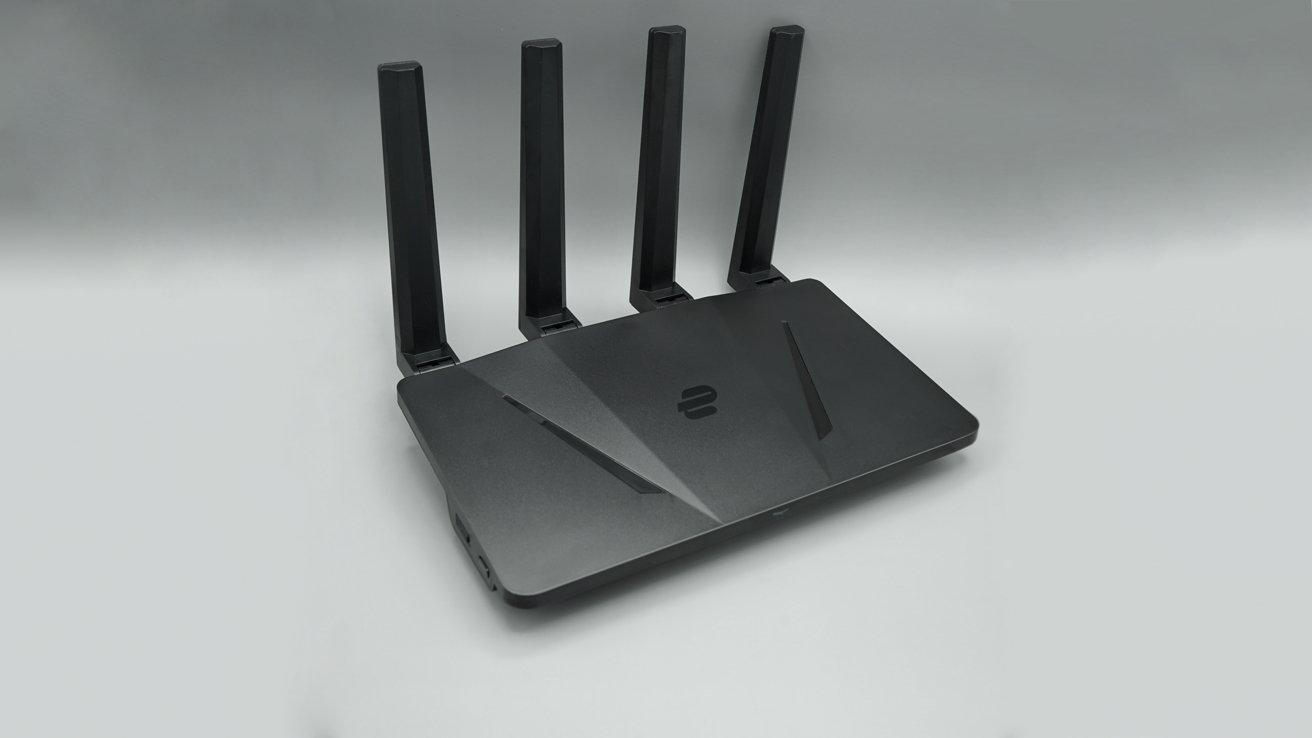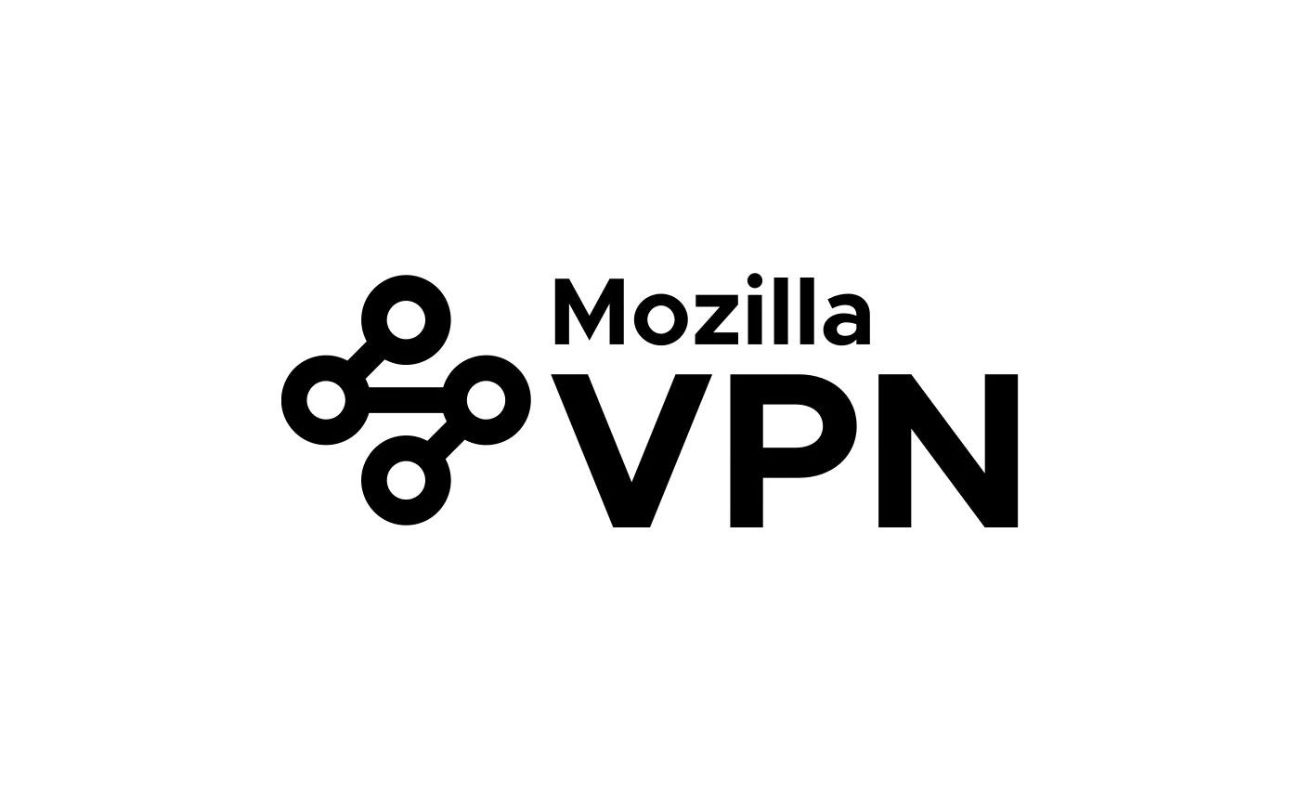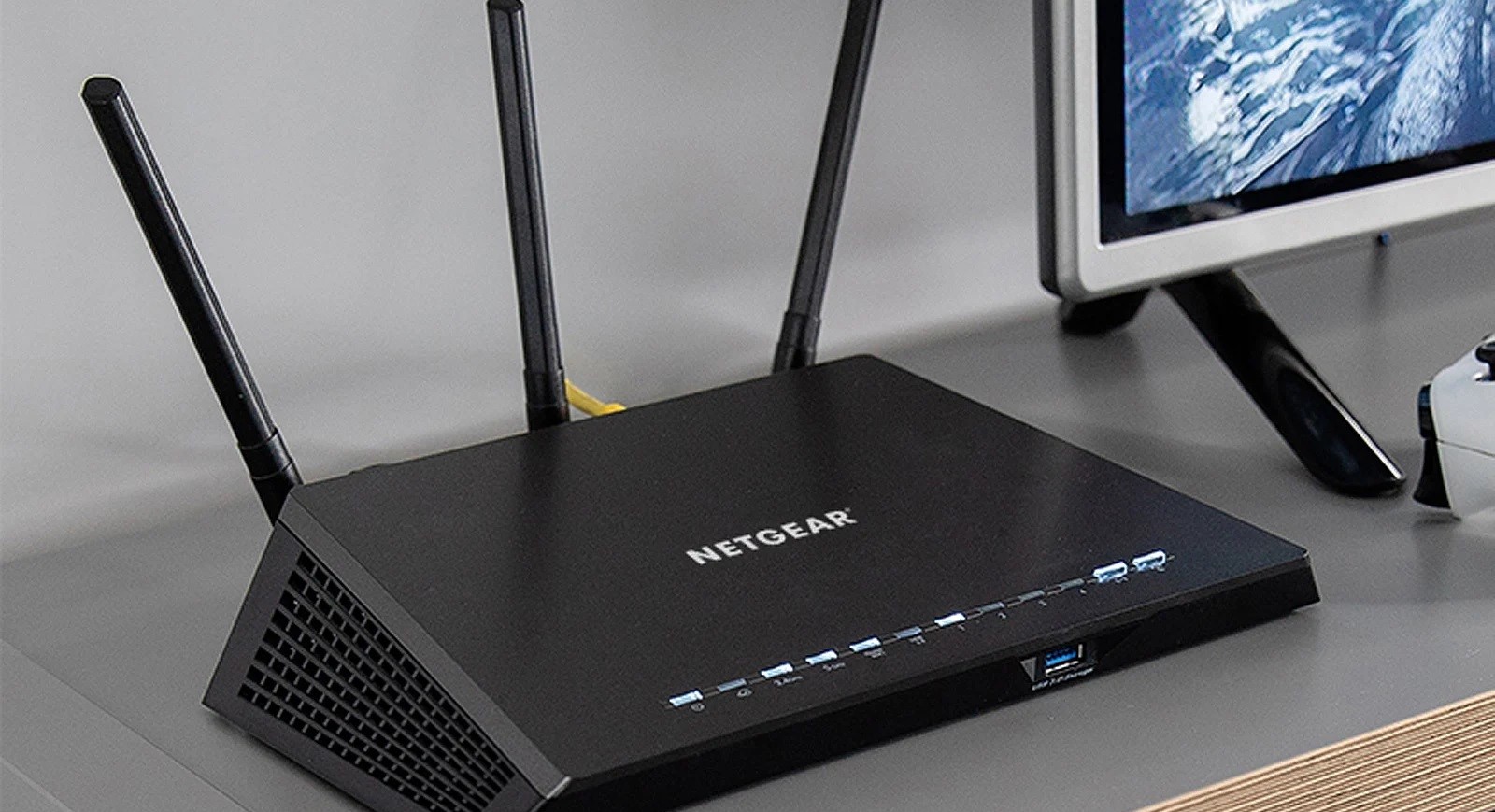Home>Software and Apps>Unlocking the Power of VPN on Your Router: A Tech Blog


Software and Apps
Unlocking the Power of VPN on Your Router: A Tech Blog
Modified: September 5, 2024
Discover the latest tips and tricks for optimizing your router with VPN software and apps. Unlock the full potential of your network with our expert insights.
(Many of the links in this article redirect to a specific reviewed product. Your purchase of these products through affiliate links helps to generate commission for Techsplurge.com, at no extra cost. Learn more)
Table of Contents
Why Use a VPN on Your Router?
Enhanced Security
Connecting to public Wi-Fi networks exposes devices to potential hackers. VPNs encrypt internet traffic, making data interception nearly impossible. This is especially important when using public Wi-Fi at coffee shops, airports, or hotels.
Improved Privacy
VPNs help protect personal data from being tracked by Internet Service Providers (ISPs) or third-party advertisers. This is particularly relevant for activities like online banking or streaming.
Access to Geo-Restricted Content
Many streaming services and websites are geo-restricted, meaning they are only accessible from specific regions. VPNs allow users to bypass these restrictions by masking IP addresses, making it appear as though the content is being accessed from a different location.
Reduced Risk of Malware
Public Wi-Fi networks are often unsecured, making them susceptible to malware. VPNs create secure tunnels between devices and the internet, reducing the risk of malware infections.
Choosing the Right VPN for Your Router
Compatibility
Ensure the chosen VPN service is compatible with your router model. Some VPNs may have specific requirements or limitations regarding router compatibility.
Speed
While VPNs can sometimes slow down internet speed, some providers offer faster speeds than others. Look for VPNs that offer high-speed connections and minimal latency.
Security Features
A good VPN should offer robust security features such as AES-256 encryption, kill switches, and DNS leak protection. These features ensure data remains secure and private.
Read more: Unlocking the Power of UF VPN: A Tech Blog
Customer Support
Good customer support is essential when setting up a VPN on your router. Look for providers that offer 24/7 support via multiple channels like email, chat, and phone.
Cost
While cost is an important factor, it's not the only consideration. Some VPNs may offer free trials or money-back guarantees, which can be useful if you're unsure about the service.
Popular VPN Services for Routers
- ExpressVPN: Known for high-speed connections and robust security features, ExpressVPN supports a wide range of router models and offers 24/7 customer support.
- NordVPN: Offers advanced security features like double encryption and a kill switch. It supports multiple router models and has a user-friendly interface.
- ProtonVPN: Known for a strong focus on privacy and security, ProtonVPN offers a free plan as well as paid plans with additional features like access to geo-restricted content.
- IPVanish: Offers fast speeds and robust security features. It supports a wide range of router models and has a user-friendly interface.
Setting Up a VPN on Your Router
Step 1: Choose Your VPN Service
Select a VPN service that meets your requirements based on the factors mentioned above. Sign up for the service and download the necessary software or configuration files.
Step 2: Check Router Compatibility
Ensure the chosen VPN service is compatible with your router model. Most VPN providers will have a list of compatible routers on their website.
Step 3: Access Your Router's Web Interface
To set up a VPN on your router, access its web interface by typing the router's IP address into a web browser. Common IP addresses include:
192.168.0.1192.168.1.110.0.0.1
Find the exact IP address in your router's documentation or on the underside of the device.
Step 4: Log In to Your Router
Once you've accessed the web interface, log in using your administrator credentials. These are usually set to admin for both the username and password, but change them immediately for security reasons.
Step 5: Navigate to the VPN Settings
The exact steps to navigate to the VPN settings will vary depending on your router model and firmware. Most routers will have a section dedicated to VPN settings under the advanced or security tab.
Step 6: Configure the VPN
Here are the general steps to configure a VPN on your router:
- Enable VPN: Switch on the VPN feature.
- Select Protocol: Choose the VPN protocol you want to use (e.g., OpenVPN, PPTP, L2TP/IPSec).
- Enter Server Details: Enter the server address and port number provided by your VPN service.
- Enter Credentials: Enter your VPN username and password.
- Save Changes: Save your changes and apply them.
Step 7: Test Your Connection
After configuring the VPN, test your connection to ensure it's working correctly. Check your IP address using a website like WhatIsMyIP.com. If connected to the VPN, your IP address should be different from your usual one.
Advanced Configuration Options
Read more: Slow VPN: A Tech Blog
Port Forwarding
Port forwarding allows specific ports to be forwarded from your router to your device, which can be useful for online gaming or remote access.
Split Tunneling
Split tunneling allows you to choose which apps or websites use the VPN while others do not. This can be useful if you want to access geo-restricted content without encrypting all your traffic.
DNS Leak Protection
DNS leak protection ensures that DNS requests are not leaked outside of the VPN tunnel, which is crucial for maintaining privacy.
Troubleshooting Common Issues
Read more: Unlocking the Power of VPN on Your Phone
Connection Issues
If you're having trouble connecting to the VPN, check that:
- The VPN service is running.
- The router is properly configured.
- The internet connection is stable.
Slow Speeds
If speeds are slower than usual after setting up the VPN, try:
- Using a different VPN protocol.
- Reducing the encryption level.
- Restarting both your router and modem.
DNS Leaks
If you suspect a DNS leak, check:
- The DNS settings in your router's configuration.
- The DNS leak protection feature of your VPN service.
Using a VPN on your router is an effective way to enhance online security and privacy. By following these steps and choosing the right VPN service, you can enjoy a secure and private internet experience. Regularly update your router's firmware and VPN software to ensure you have the latest security patches and features.










